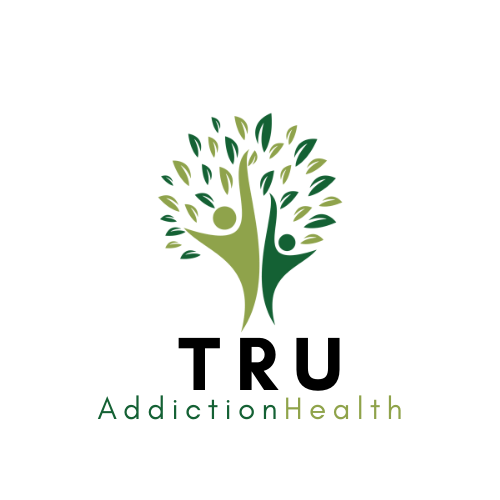Numerous years earlier, I was in the emergency department (ED) with a loved one– a girl looking for treatment for opiate withdrawals and amental health crisis We had actually driven 4 hours to this specific hospital due to the fact that it was a full-service medical center and consisted of a mental health ward with a med/chem (mental illness with chemical reliance) system. In the ED, she had actually ended up being extremely peaceful and withdrawn, not her commonbehavior When the medical medical professional analyzed her, he kept stating the mental health system was “extremely hectic,” and he would purchase her a prescription and we might follow up with somebody the nextday I kept insisting we would wait– we required to speak with somebody from the behavioral health system. It was a desperate circumstance. To my discouragement, she was released with a prescription for clonidine (Catapres tablets) and guidance to discover help in other places. She left my home the next day and returned to the exact same circumstance we were trying to solution. She lost hope.
She tried suicide 2 weeks later on. She took the complete prescription of clonidine and practically prospered in ending her life. Throughout the taking place 5 days of hospitalization she chose to gethelp She was released once again, and this time wanted to go intotreatment She is now living with 5 years of recovery.
However we practically lost her. The medical professional in the ED never ever asked for a speak with with the in- home addiction expert or the mental health system we were asking for. The mental health system was not at fault. They were never ever called, and they did not provide the discharge.
As a pharmacist, a family member, and an individual living in recovery from addiction, I have actually seen both the great and the bad when it comes to treatment in a hospital setting. The preconception that arises from years of experience and chatter affect the method you see the patients in crisis from mental illness and substance use disorders (SUDs). This avoids you from seeingthe patient If a condition that brought them to the ED was brought on by drug use or mental illness, and that preliminary cause is not dealt with, that patient will return– frequently with much more extreme symptoms or even worse. Those who have actually looked for treatment services understand we frequently discover ourselves in medical helps with at timesof crisis This is when we have a window of chance, a desire to modification, or just a desireto live This is when you, as a medical provider, can be the lifesaving driver for us to go into a life of recovery.
These are my questions and issues:
ED Procedures for Withdrawal Symptoms of SUD
What is your ED’s procedure for an individual in crisis asking for assistance with opioid withdrawal?
- Is addiction medicine (i.e., buprenorphine, chloral hydrate, and so on) administered? Do you have an addiction expert group?
- Do you then provide a prescription for enough medication till the arranged visit with an outpatient treatment program can be protected?
- Is this outpatient visit arranged prior to the patient leaves the hospital?
- Is an individual experiencing withdrawal from alcohol, benzodiazepine, or numerous drugs confessed for an inpatient medically supported withdrawal (DETOX)?
- Do you employ the assistance of regional peer professionals and make recommendations to recovery centers or other assistances?
Overdose Procedures
What is your ED’s procedure for an individual who has overdosed?
- Is a patient who is fortunate enough to be discovered in time and transferred to the hospital after a deadly overdose confessed?
- Are they confessed for 72 hours and offered inpatient medically supported withdrawal while more treatment is found?
- Is a “risk-to- self” acknowledged, as the patient has been set off in extreme withdrawal and most likely to recycle right away upon leaving?
Mental Disorder Crisis
What is your ED’s procedure for an individual having a mental health crisis?
- Is an individual providing for a mental illness crisis very first supported and medicated till they reach a lucid state prior to discharge?
- Is a contact or loved one (or peer supporter) reached for information?
- Is the behavioral health system of your facility gotten in touch with to make the decision to confess or discharge this patient?
- Is “risk-to- self” needed for treatment, and does drug use negate this requirement? Keep in mind that drug use might be a sign not a cause, and this decision can not be completely resolved till the patient is in a lucid state.
For many cases of ready patients in crisis, whether or not any of the above take place depends on which provider seesthe patient In many circumstances it has actually typically been a case of “reward and street.” This requires to modification.
This epidemic is larger than the addiction treatment and recovery community can deal with on its own. Numerous people in crisis have actually been so close to chances that might lead them to recovery, just to be turned away. Standards for this care were just recently released in the Records of Emergency Medicine on June 23.
We– patients of mental illness and SUDs– are informed to just ask for help however then informed there is a waitlist of 1 to 3 weeks. When a patient wants, the iron is hot! This is when we require the medical community to strike rapidly. You have the power to modification the instructions of this epidemic.
Sue E. Martin, RPh, is a pharmacist, an individual in long-lasting recovery, and an supporter for gain access to to treatment with Recovery Supporters in Saratoga (RAIS)
